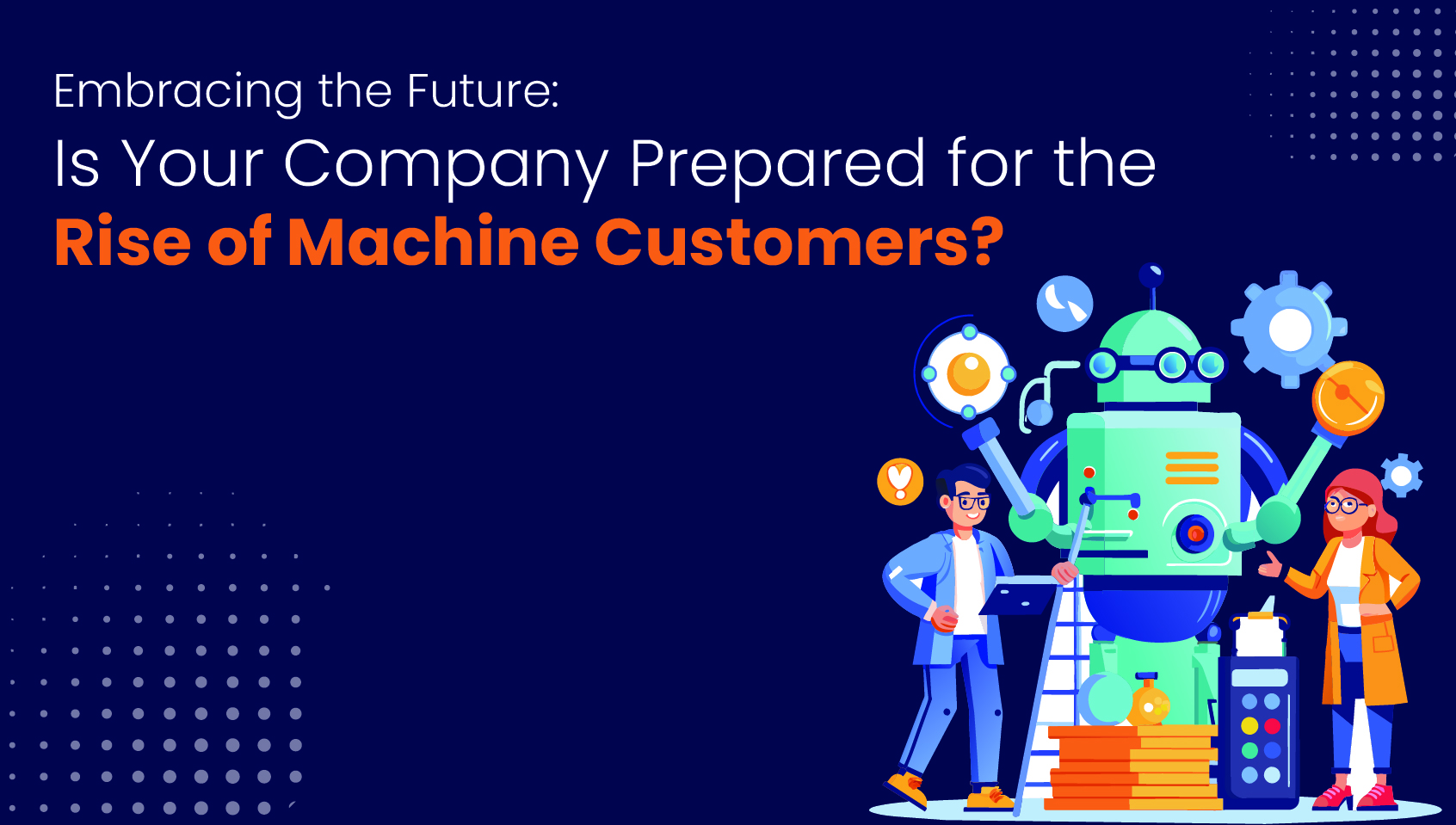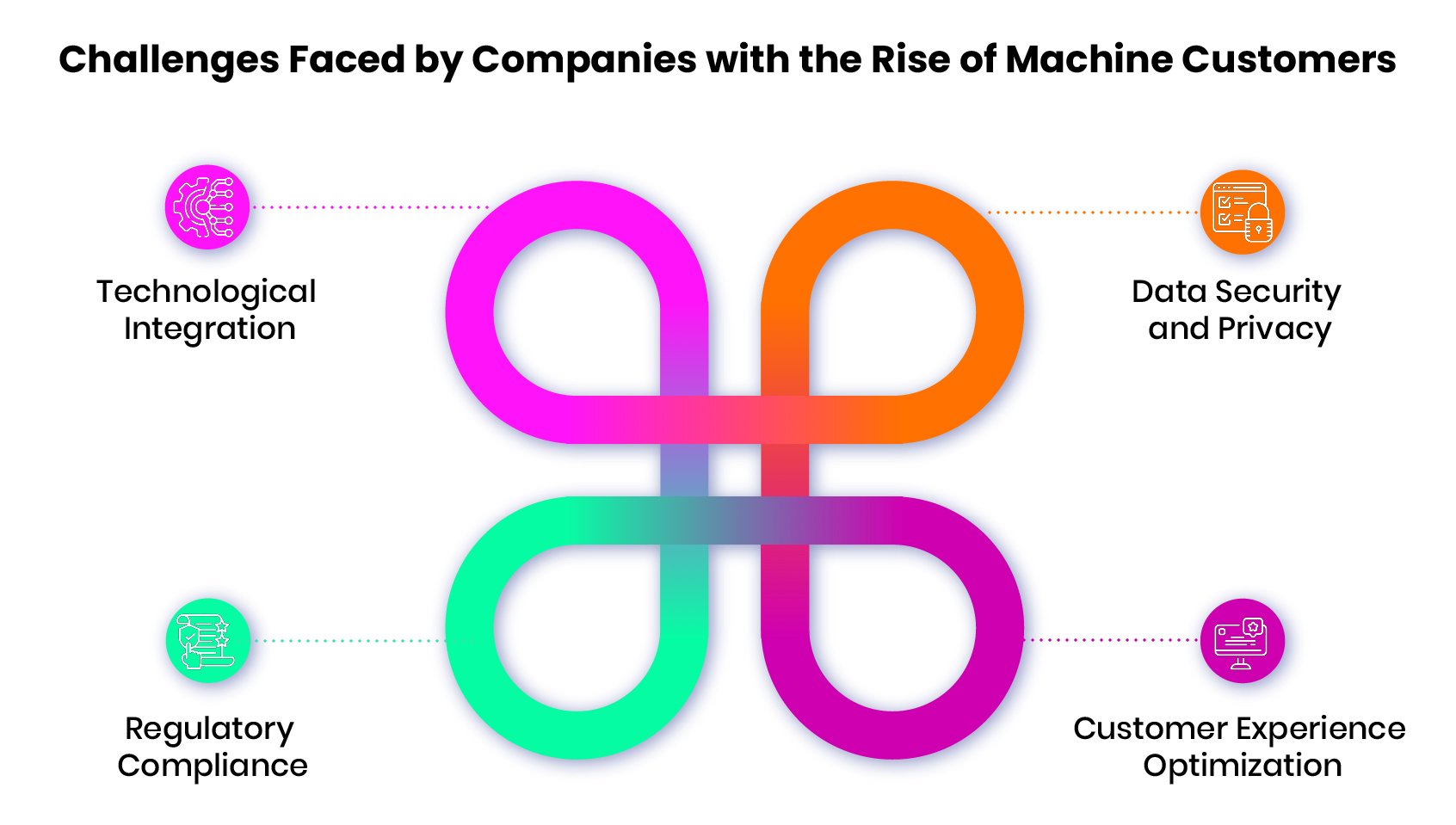
The world of commerce is undergoing a great transformation, ushering in a new era where machines are becoming the dominant buyers. This paradigm shift, driven by the exponential growth of connected devices and the rapid advancements in artificial intelligence, is poised to reshape the very foundations of how businesses operate and engage with their customers.
Introduction to Machine Customers
In the rapidly evolving digital landscape, a new breed of customers has emerged - machine customers. These are automated systems, algorithms, and intelligent agents that interact with businesses on behalf of human users or other machines. As technology continues to advance, the influence and prevalence of machine customers are poised to grow exponentially, presenting both opportunities and challenges for companies across various industries.
Understanding the Concept of Machine Customers
Machine customers are not your typical human consumers. They are software-driven entities that engage with businesses to perform tasks, gather information, or facilitate transactions. These machine customers can range from chatbots and virtual assistants to autonomous vehicles and industrial IoT (Internet of Things) devices. They are programmed to make decisions, place orders, and interact with businesses in a highly efficient and data-driven manner.
The Rise of the Machine Customers
In today's hyper-connected world, the number of machines with the potential to act as buyers has surpassed the global human population. From smartphones and tablets to smart speakers and connected printers, these intelligent devices are equipped with sophisticated analytical capabilities, enabling them to make informed purchasing decisions on behalf of their human owners.
The Impact of Machine Customers on Businesses
The rise of machine customers is transforming the manner in which companies interact and operate with their customer base. Businesses must now adapt to the unique needs and behaviours of these automated entities, which often prioritize speed, accuracy, and seamless integration over traditional human-centric experiences. This shift has profound implications for devising innovative marketing strategies, customer service as well as overall business operations.
Navigating the Three Phases of Machine Customers
The evolution of machine customers can be categorized into three distinct phases:
Bound Customers
In this initial phase, machines operate within a specific and prescribed ecosystem, executing pre-defined rules and processes set by their human counterparts. Examples include services such as Amazon Dash Replenishment, HP Instant Ink, and Tesla's automobiles that are capable of performing certain automatic, limited functions on behalf of their owners.
Adaptable Customers
As the technology matures, machines are gaining the ability to adapt and make decisions with minimal human intervention. Robotic trading systems, the Staples Easy System, and financial "roboadvisors" like Betterment and Wealthfront fall into this category, where machines can choose and act on behalf of humans for select tasks.
Autonomous Customers
In the final phase, machines will possess a high degree of intelligence and discretion, enabling them to independently carry out the majority of the transaction process. Aidyia, an AI-powered automated hedge fund, is a prime example of an autonomous machine customer, capable of reading news, analyzing data, and making investment decisions without human intervention.
Advantages of Embracing Machine Customers
Embracing machine customers offers important benefits to businesses. These automated systems can offer increased efficiency, reduced errors, and enhanced data-driven decision-making. By catering to the specific needs of machine customers, companies can streamline their processes, improve their responsiveness, and gain a competitive edge in the market.
Understanding the Unique Characteristics of Machine Customers
They differ from their human counterparts in three key ways:
- Transparency: Machines are logic-based, and their decision-making process is more visible, unlike the often-hidden intentions of human buyers.
- Information Processing: Machines can quickly process large volumes of data to make informed decisions, without being influenced by emotions.
- Loyalty Drivers: Machines are primarily focused on efficiently completing tasks, rather than seeking delightful experiences. Their loyalty is more likely to be earned through a smooth and seamless sales and fulfilment process.
Evolving Your Corporate Strategy and Business Model
To thrive in this new era of machine customers, businesses must adapt their corporate strategies and business models:
Evaluating the Impact on Your Market
Assess whether machine customers and AI-driven algorithms represent growth, stagnation, or disruption for your industry. Identify the types of bots that could become buyers for your products and services, and consider how they might interact with your human customers.
Determining Your Role in the Ecosystem
Decide whether you want to manufacture machine customers, create a platform to serve them, or join a marketplace to sell to them. Understand the capabilities you'll need to succeed in each scenario.
Preparing Your Operations for Machine Customers
Adapt your sales, marketing, and data/analytics practices to cater to the unique needs of machine customers. Invest in digital commerce platforms, master machine learning, and develop new customer journey maps tailored to human-machine interactions.
Embracing the Future of Commerce
As the era of machine customers dawns, businesses must be proactive in embracing this transformation. By developing a proper understanding of the evolving landscape along with adapting their strategies and operations, and leveraging the power of data and technology, organizations can program themselves for success in this new frontier of commerce.
Challenges Faced by Companies with the Rise of Machine Customers

While the potential benefits of machine customers are substantial, companies also face a range of challenges in adapting to this new reality. These challenges may include:
- Technological Integration: Seamlessly integrating machine customers into existing systems and infrastructure can be a complex and resource-intensive process.
- Data Security and Privacy: Protecting sensitive data and ensuring the privacy of both human and machine customers is a critical concern.
- Regulatory Compliance: Navigating the evolving legal and regulatory landscape surrounding machine-to-machine interactions can be a significant hurdle.
- Customer Experience Optimization: Balancing the needs of machine customers with those of human customers represents a very delicate balance, which in turn requires a deep understanding of both.
Strategies to Prepare Your Company for Machine Customers
To effectively leverage the rise of machine customers, companies should adopt the following strategies:
- Invest in Technological Infrastructure: Ensure that your company's systems and platforms are capable of seamlessly integrating with machine customers, including APIs, data management, and automation capabilities.
- Develop Robust Data Governance Policies: Implement comprehensive data security and privacy measures for protecting the sensitive information shared by both human and machine customers.
- Foster Cross-Functional Collaboration: Encourage collaboration between teams like IT, marketing, and customer service for creating a holistic approach to machine customer integration.
- Prioritize Customer Experience Design: Carefully evaluate the needs and preferences of machine customers during the process of designing your products, services, and customer interactions.
- Continuously Monitor and Adapt: Regularly review and update your strategies to keep pace with the rapidly evolving landscape of machine customers and technological advancements.
Integrating Machine Customers into Your Customer Service
Providing exceptional customer service to machine customers requires a unique approach. Companies should consider the following best practices:
- Streamline Communication Channels: Ensure that machine customers can easily and efficiently interact with your business through dedicated communication channels, such as APIs or chatbots.
- Develop Personalized Responses: Create customized responses and solutions that cater to the specific needs and preferences of each machine customer, leveraging data and automation.
- Emphasize Responsiveness and Reliability: Machine customers value prompt, accurate, and consistent responses, so prioritize these qualities in your customer service approach.
- Continuously Gather Feedback: Regularly gather feedback from machine customers to identify areas for improvement and enhance the overall experience.
How to Effectively Communicate with Machine Customers
Effective communication with machine customers requires a different approach compared to traditional human-to-human interactions. Consider the following strategies:
- Leverage Structured Data Formats: Adopt standardized data formats, such as XML or JSON, to facilitate seamless data exchange and integration with machine customers.
- Utilize Clear and Concise Language: Communicate in a straightforward, unambiguous manner, avoiding complex or subjective language that may be difficult for machine customers to interpret.
- Prioritize Automation and Scalability: Develop automated communication workflows and templates that can handle the high volume and frequency of interactions with machine customers.
- Ensure Consistency and Reliability: Maintain a consistent tone, terminology, and response quality across all interactions to build trust and credibility with machine customers.
The Future of Machine Customers
As technology continues to evolve, the role and influence of machine customers are poised to expand significantly. Experts predict that the number of machine customers will continue to rise, driven by advancements in artificial intelligence, the Internet of Things, and the increasing automation of business processes. Companies that proactively adapt to this shift and embrace the opportunities presented by machine customers will be well-positioned to thrive in the years to come.
Key Takeaways
- The number of machines with the potential to act as buyers has surpassed the global human population.
- Machine customers evolve through three phases: bound, adaptable, and autonomous.
- Machine customers differ from humans in their transparency, information processing, and loyalty drivers.
- Businesses must evaluate the impact of machine customers on their market and determine their role in the ecosystem.
- Adapting sales, marketing, and data/analytics practices is crucial to serving the unique needs of machine customers.
- Embracing the future of commerce by leveraging technology and data is important for businesses to function and grow strongly in the era of machine customers.
The rise of machine customers represents a transformative shift in the business landscape. Companies that recognize the importance of adapting to this new reality and implement strategic initiatives to engage with machine customers will be better equipped to succeed in the future. By embracing the advantages of machine customers, addressing the challenges, and continuously evolving their strategies, businesses can position themselves for long-term growth and competitiveness.

